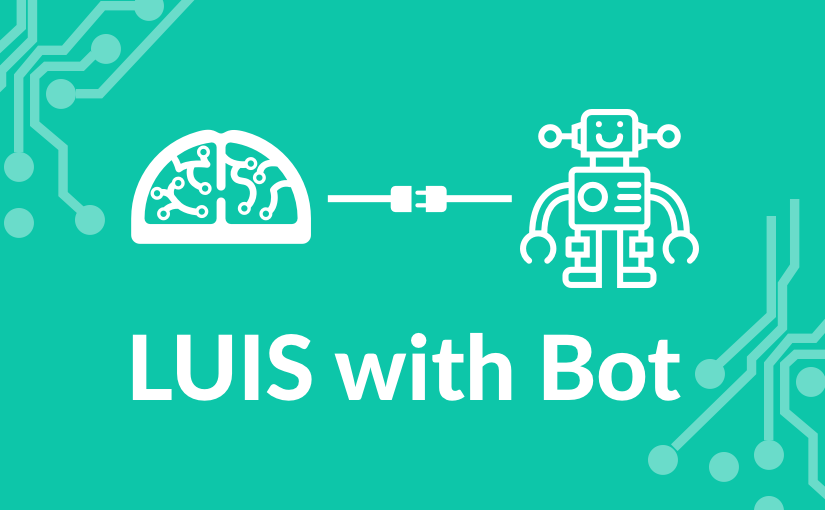
Adding Bot to Microsoft Teams
If you are following up on my previous blog posts about Bots and integrating LUIS with them, you are almost done with building bots and already had some fun with it. Now it’s time to bring them to life and let internal or external users interact with Bot via some sort of front end channel accessible by them. If you haven’t read my previous posts on the subject yet, please give them a read at Creating a Bot and Creating a LUIS app before reading further.… [Keep reading] “Adding Bot to Microsoft Teams”



